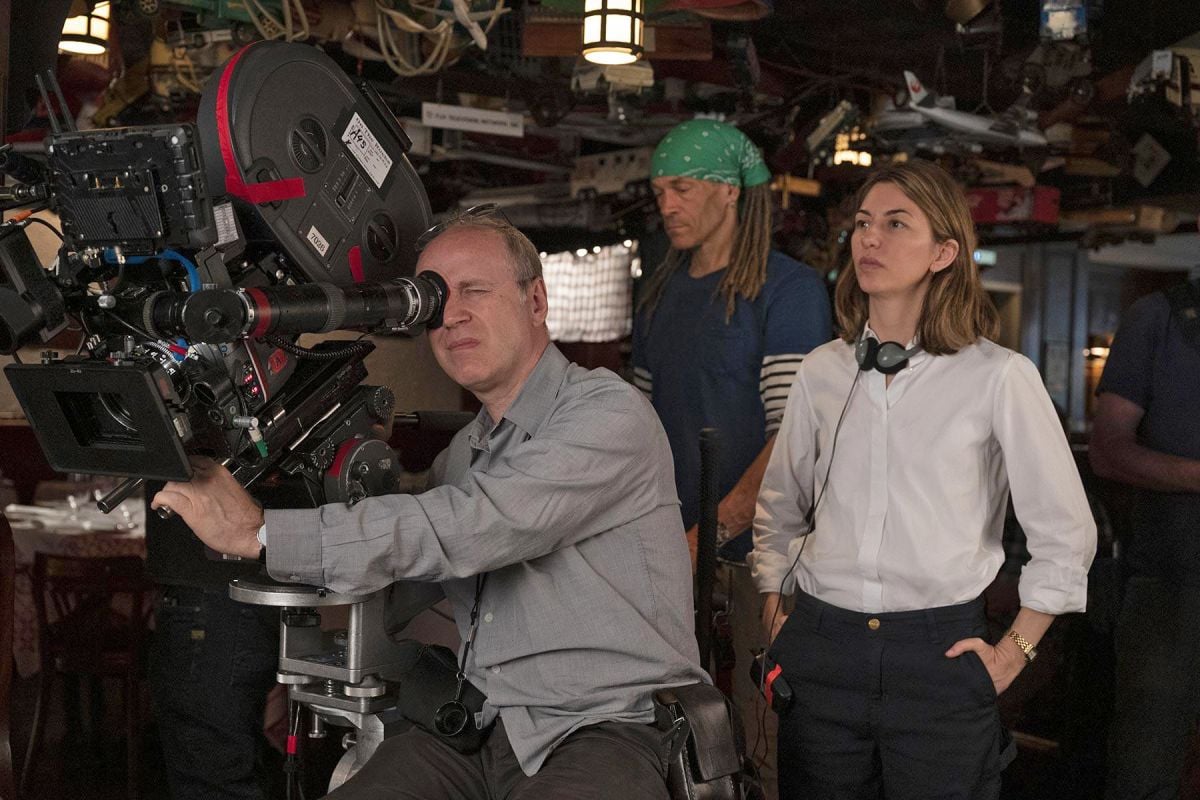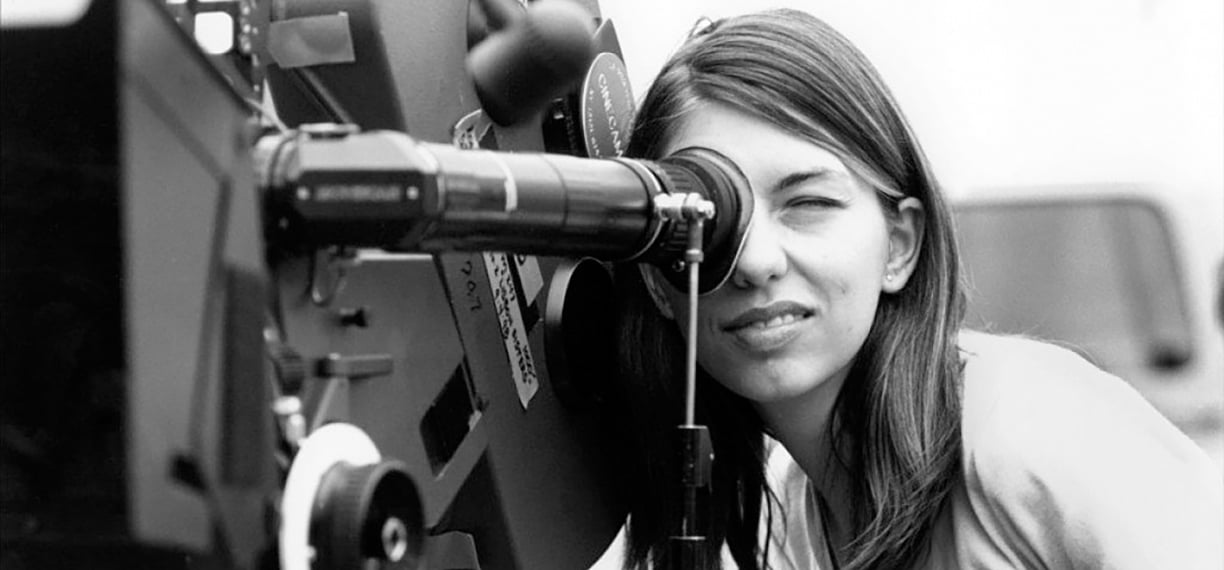
ASC Board of Governors Award Honoree Sofia Coppola
The Academy Award-winning writer-director is the recipient of the Society’s honor this year — one previously presented to her father, Francis Ford Coppola, in 1998.
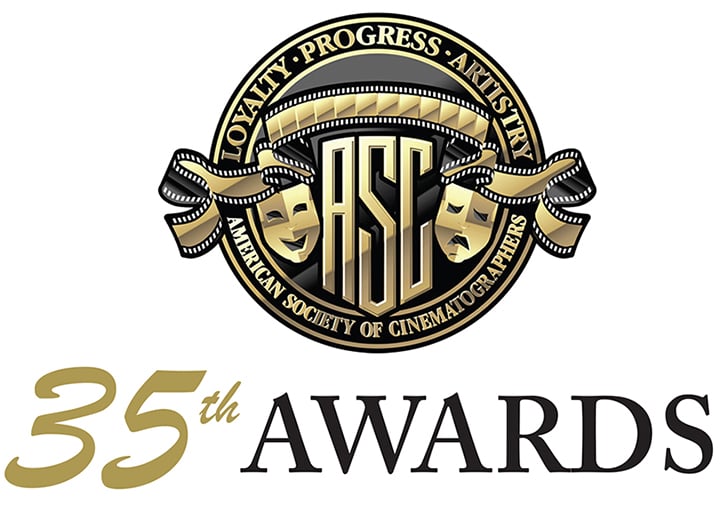
Interview by Jon Silberg
Traditionally given to someone who is not a cinematographer but whose support for the art and craft of image making has left a memorable impression, the ASC Board of Governors Award has been presented in years past to exceptional directors, producers, actors and other luminaries.
This year, Academy Award-winning writer-director Sofia Coppola is the recipient of the Society’s honor — one that was previously presented to her father, Francis Ford Coppola, in 1998.
Among other things, American Cinematographer contributor Jon Silberg spoke to the filmmaker about her formative years on her father’s sets, her collaborators behind the camera — including ASC members Edward Lachman, Lance Acord, Harris Savides and Philippe Le Sourd — and their influence on her creative approach.
American Cinematographer: Congratulations on the Board of Governors Award!
Sofia Coppola: I am so proud of this award and I love cinematographers. The camera department is my favorite place to be on the set. It’s such an honor to be recognized by the ASC.
“That’s something that I still think about: How close the camera feels to a character.”


You obviously interacted at least indirectly with some great cinematographers at a very young age. Do you have recollections of that?
Definitely. Growing up on film sets, I saw these great cinematographers working. I remember my first conversations about cinematography with Vittorio Storaro [ASC, AIC] as a little kid. He was an unusual adult in that he would talk to us kids with respect and thoughtfulness, and that made an impression on me. I loved how Steve Burum [ASC] shot Rumble Fish. My dad was making an art film for teenagers. It blew a lot of people away, including me. Not just because it was black-and-white and in the style of the past but it also had its own unique look. That was an inspiration for my first short film. Just seeing Gordon Willis [ASC] work [in the Godfather films] — all these bits made a strong impression on me.
You had a small part in Rumble Fish and worked in front of the camera a number of times. Did those experiences help you form an understanding of that aspect of the filmmaking process?
As a director, it helps to know what it feels like to be in front of the camera and how vulnerable a position that is to be in. I always want to take care of my actors. I want to know that they’re in good hands with lenses and beautiful lighting. I love working with Philippe Le Sourd [ASC, AFC], because of his artistry, but also I love that he’s so good at beautiful lighting. I want my actors to feel comfortable and confident that they’re looking their best. I have worked with cinematographers who also operate and I count on the operator’s impression and opinion of a take quite a lot. I feel like they’re the ones seeing the performance the most directly.
Are there examples of moments before you started directing where cinematography made an impression on you?
My dad’s such a fan of film history and I have a lot of memories of watching incred-ible films with him. I’ll always remember Rita Hayworth’s entrance in Gilda and how that looked [as photographed by Rudy Maté, ASC]. Breathless [directed by Jean-Luc Godard, shot by Raul Coutard], which I saw as a kid, made a very big impression. I always think about how that was shot with Jean Seberg and Jean-Paul Belmondo in the apartment and looking in a mirror. You could feel the camera was so close to them. That’s something that I still think about: How close the camera feels to a character. As an adult, I saw In the Mood for Love [shot by Christopher Doyle, HKSC]. The visuals are so strong and have stayed in my mind as an example of telling a story through a special kind of beautiful imagery.
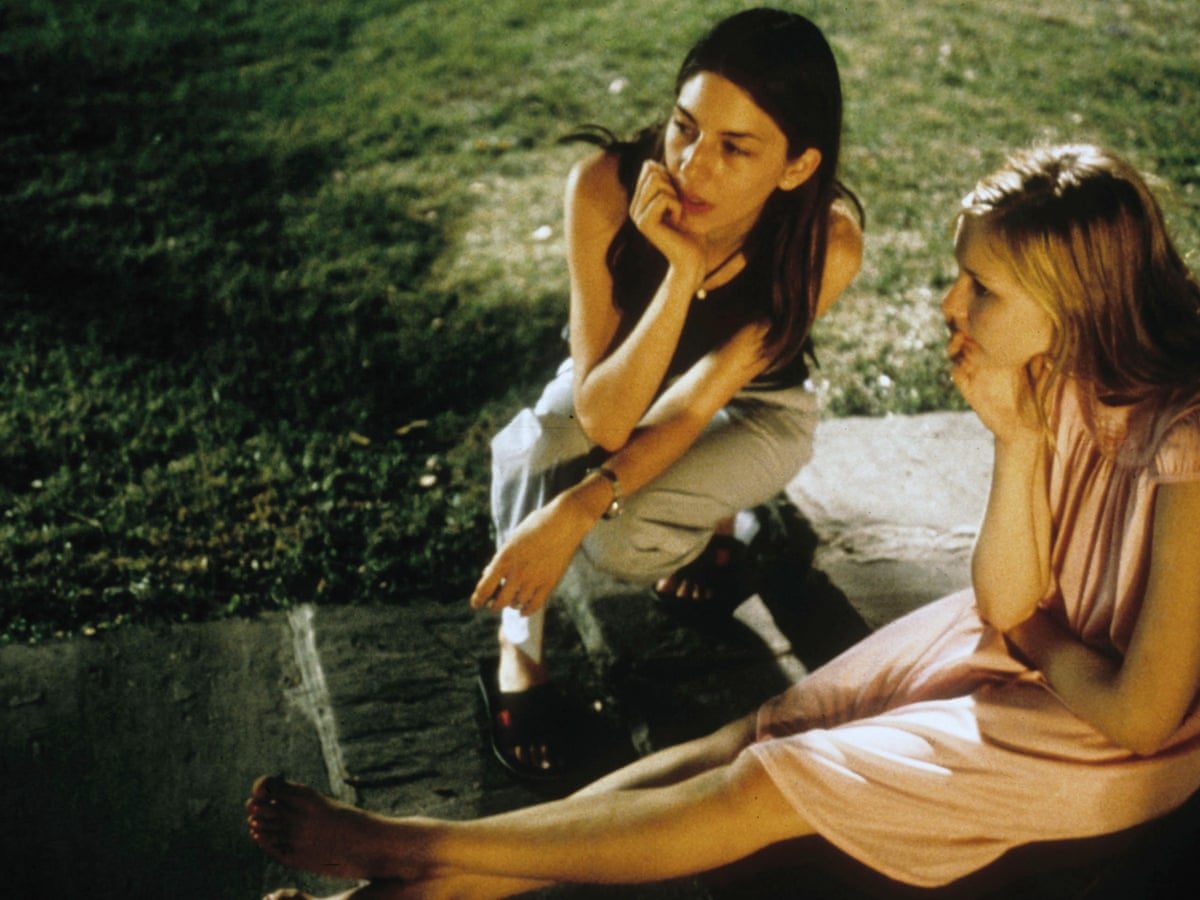
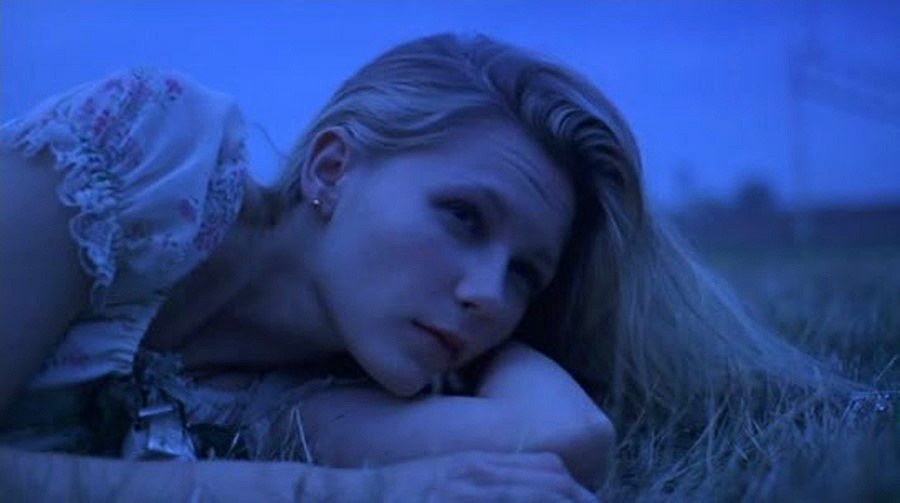
Your first feature, The Virgin Suicides, was shot by Edward Lachman, ASC.
I love Ed Lachman! He is someone that I stay in touch with over the years and he means so much to me. I was just like a kid starting out when we did The Virgin Suicides [1999] and he was respectful about helping me find the way I wanted to express the story and how I wanted to work. I learned a lot from Ed. There are scenes of the girls just kind of loitering around the bedroom and we would just let the camera roll on and on. I remember the producers were stressing out. We didn’t have that much film stock to just burn it all day. But that’s how we got some of those real moments because the camera just rolled for so long that [the actors] forgot about it. It was a kind of battle between resources and doing what you have to in the moment to capture the emotion and tell the story.
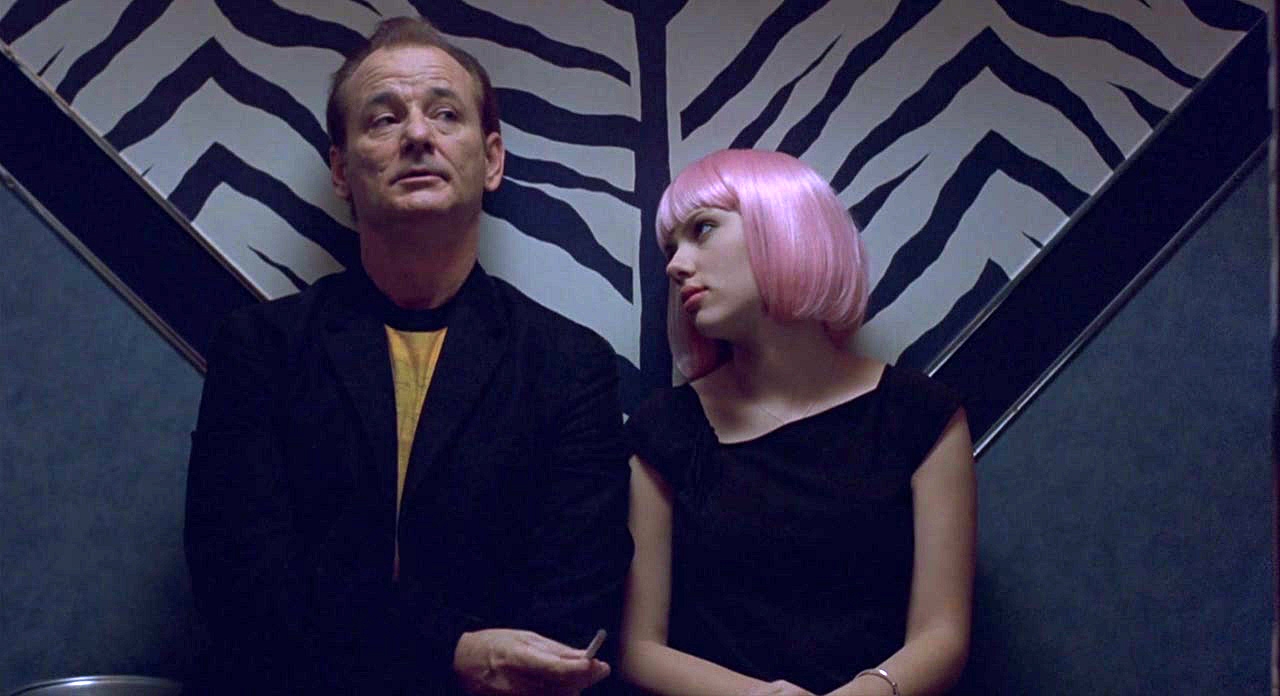
Lance Acord, ASC shot some of your breakthrough films and the first thing you directed. So what can you tell us about working with him?
I met Lance through friends and he shot [my short film Lick the Star], which is the first thing I ever made. Then he shot Lost in Translation [2003], which was very low-budget and he was very gung-ho and just so great about making shots happen no matter what was going on around us. We wouldn’t have a permit and we’d run in the street and grab a shot. I’m sure we were all inspired by the French New Wave and we’d take a camera, get on a subway and just shoot.
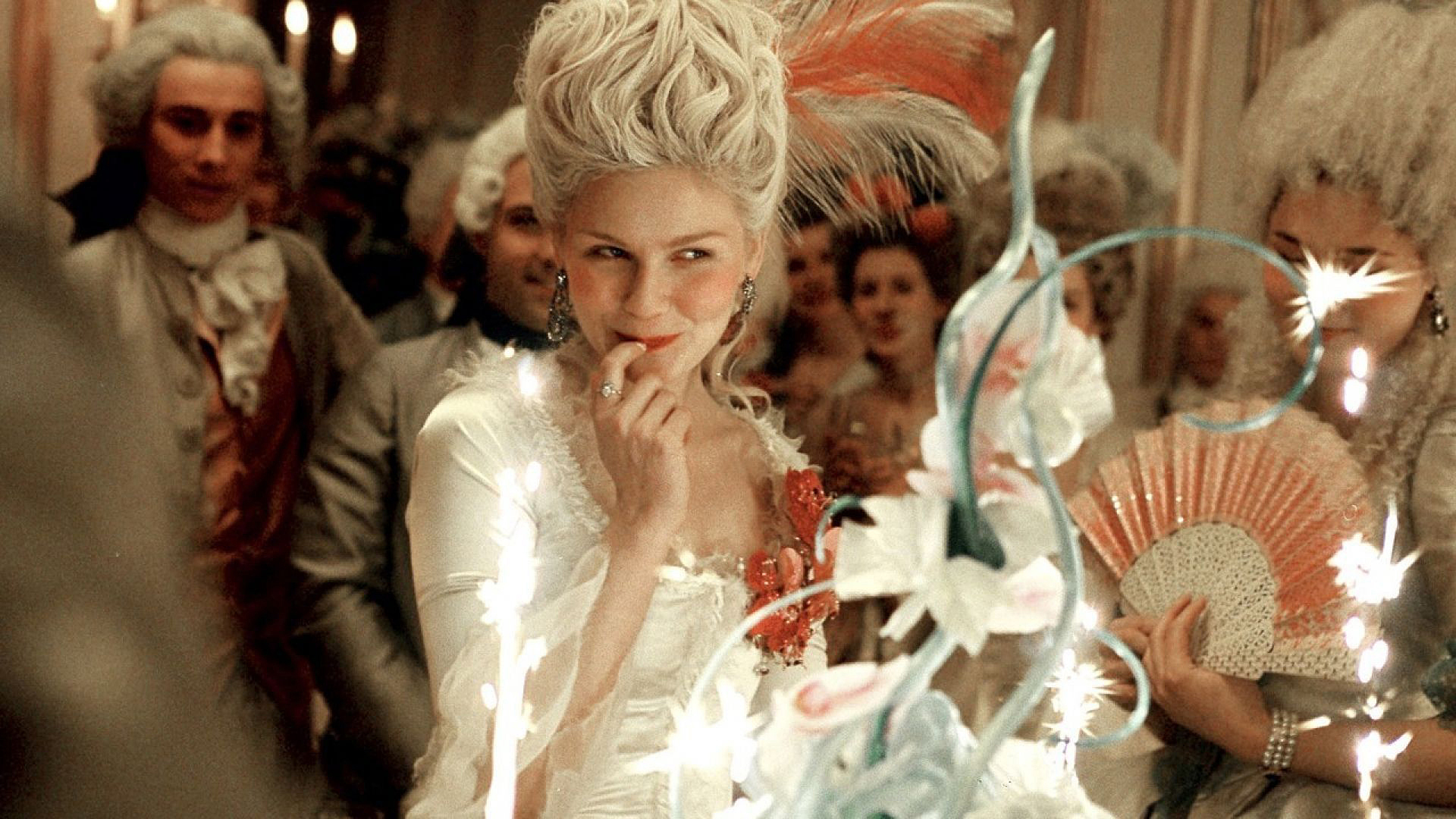
And then we did Marie Antoinette [2006], which was such a big, complicated shoot with a lot of locations and big crowds and all that. I loved the way Lance shot that, too. I really didn’t want to make a dusty, Masterpiece Theater kind of a thing. I think there was the intimate side of her life, as opposed to when she’s in these formal situations at court. We wanted it to have a little bit of a pop aspect and be full of life. Lance was really onboard with helping me achieve that.
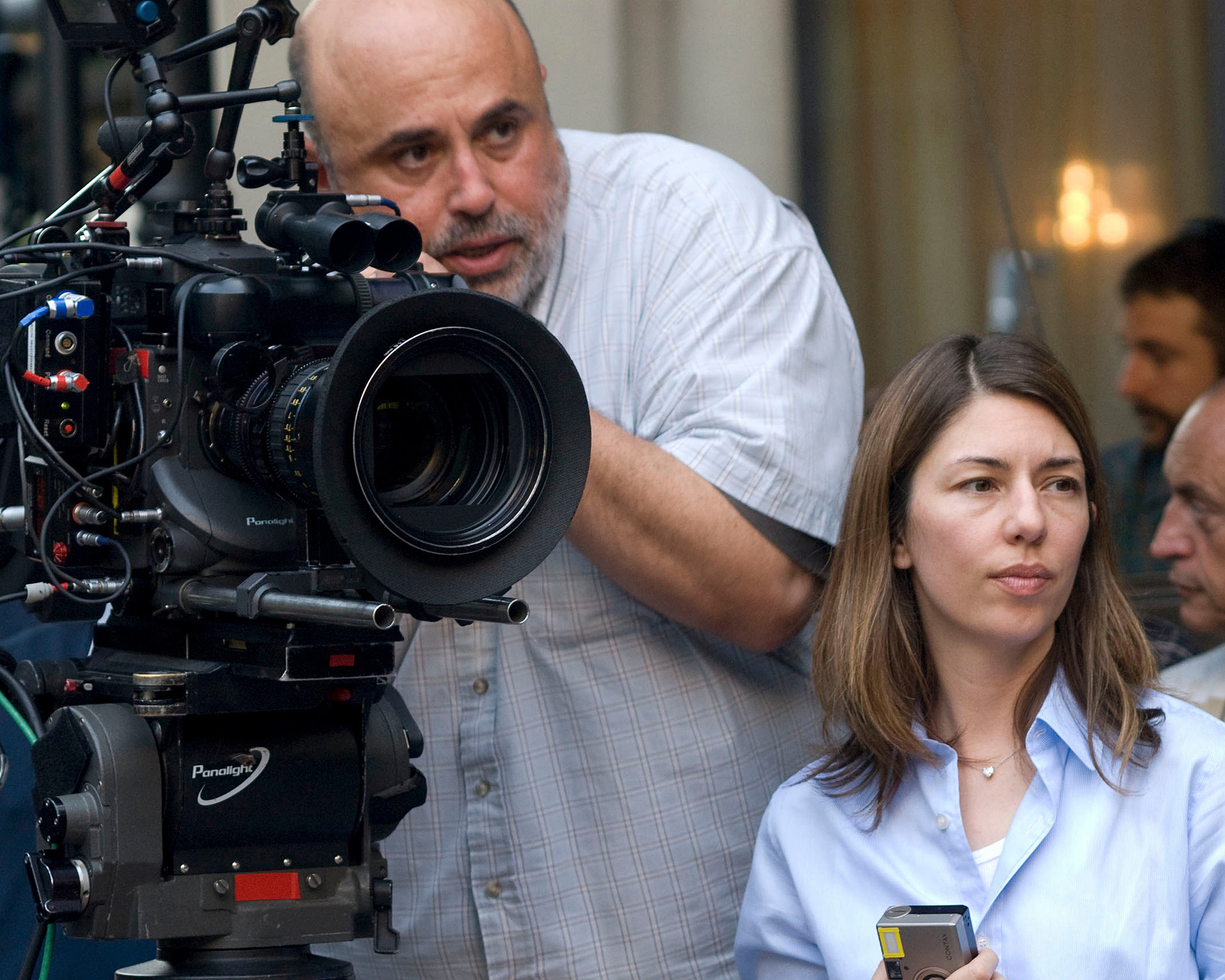
You worked with Harris Savides, ASC, a couple of times.
I loved working with Harris! I’m so glad I got to know him. His motto, “Keep it simple” still always springs to mind. He was just such a purist and loved filmmaking and I think everyone around him felt that. I worked with him on Somewhere [2010], right after Marie Antoinette, which had been such a complicated shoot and Harris and I worked together on the idea: “How simple can it be?”
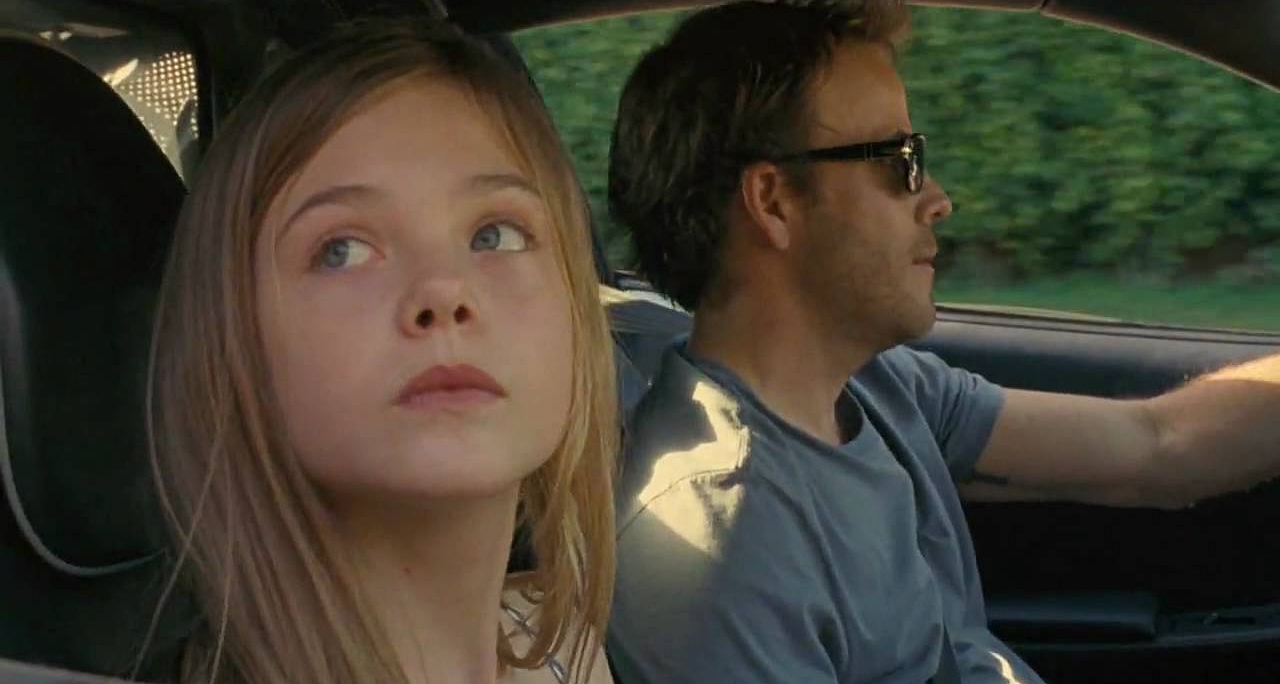
He really brought my love of filmmaking back after I was kind of worn out from a big, complicated shoot. It was always about the smallest crew and the least amount of stuff possible. On each film he would keep a notebook with photos of every scene and a description of the lighting and where the camera was. He gave me the book from Somewhere with all his diagrams and notes and it’s one of my most cherished possessions.
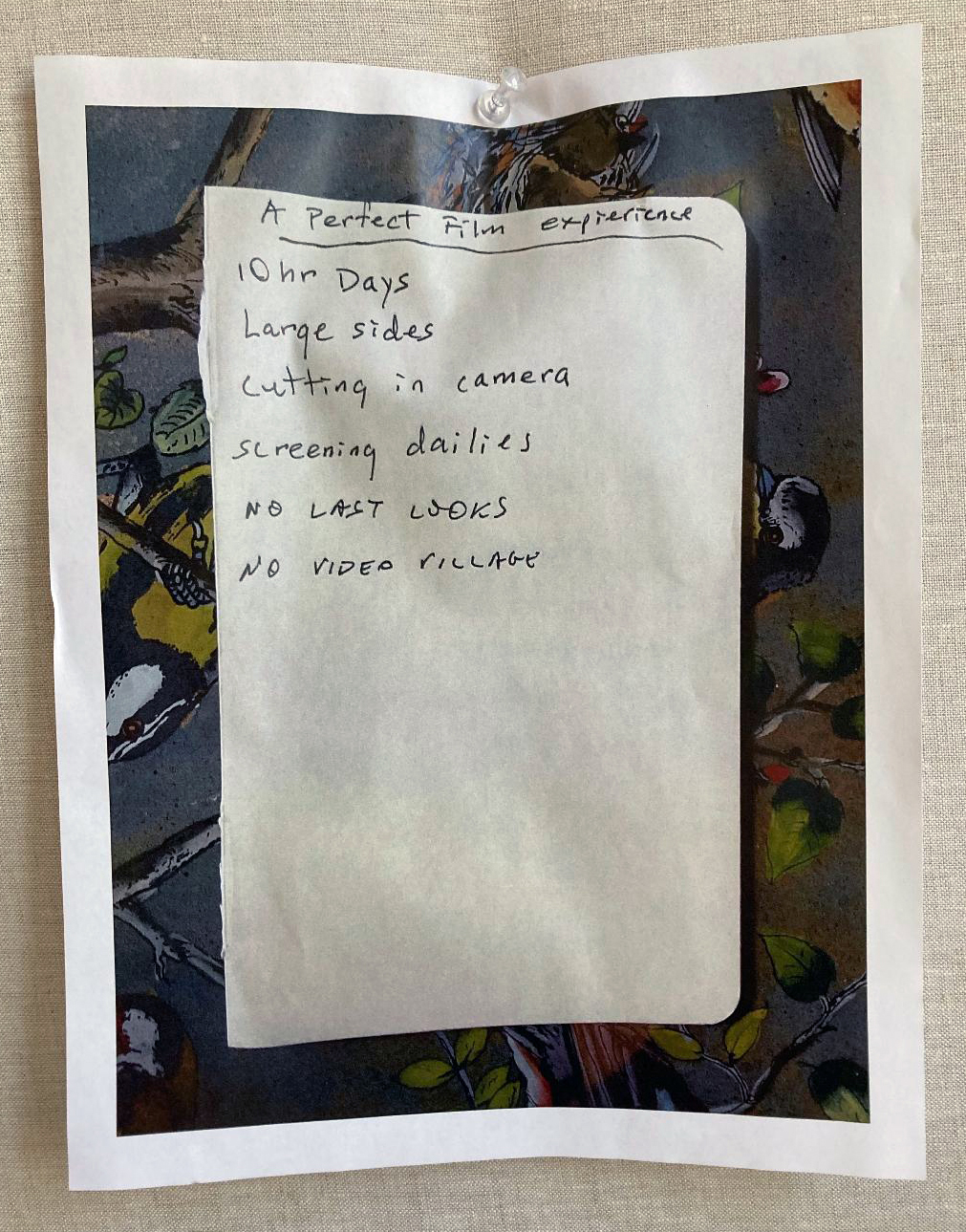
I also want to mention Chris Blauvelt, who was an assistant and then took over The Bling Ring [2013] when Harris was ill. He’s such a talented DP and I really appreciated how he came in and helped us finish the film when Harris couldn’t. [He died at the age of 55 on October 9, 2012.]
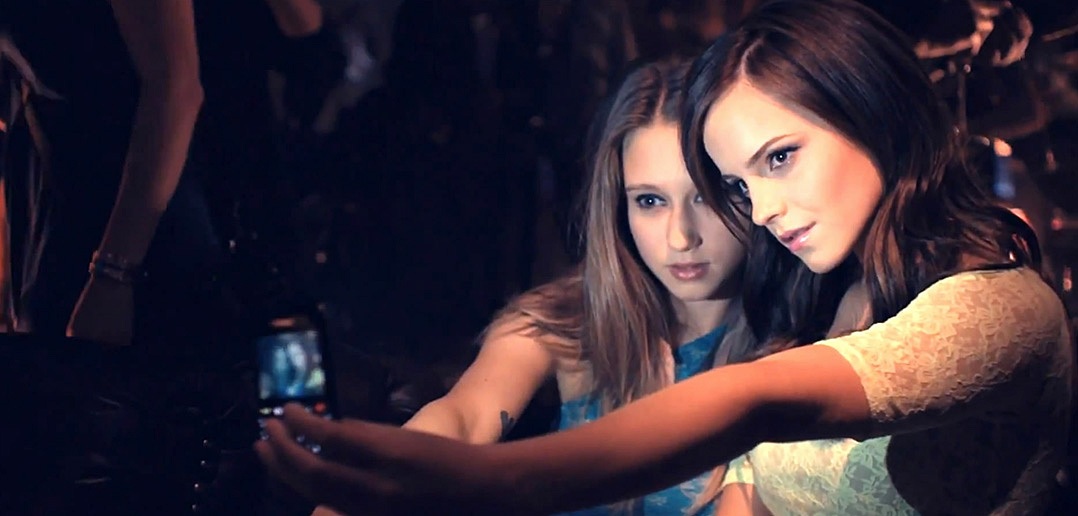
And since then you’ve been working with Philippe Le Sourd, on The Beguiled (2017) and On the Rocks (2020).
Yes. Harris introduced us. He was practically on his deathbed and I was speaking to him about something I was working on and he said, “Hire the French guy!” I was like, “Which French guy?” I was so touched that Harris was looking out for me and I had so much trust in his integrity and purity and that he suggested someone who he thought would really help me. And, of course, he was right. I’ve loved working with Philippe. He approaches everything as an artist. He always tries to listen to how I see the emotional aspect of the character and he really appreciates beauty and the idea of telling stories in a beautiful way.
Here's her presentation during the 35th Annual ASC Awards:
You can watch our complete discussion with Coppola and Le Sourd about shooting their film On the Rocks here:
